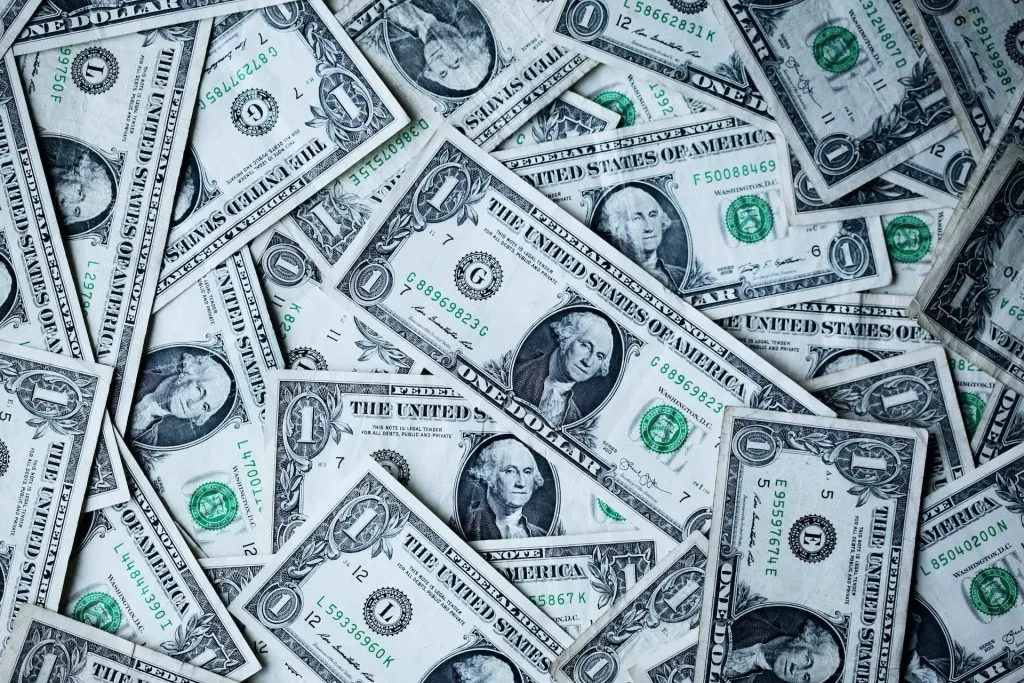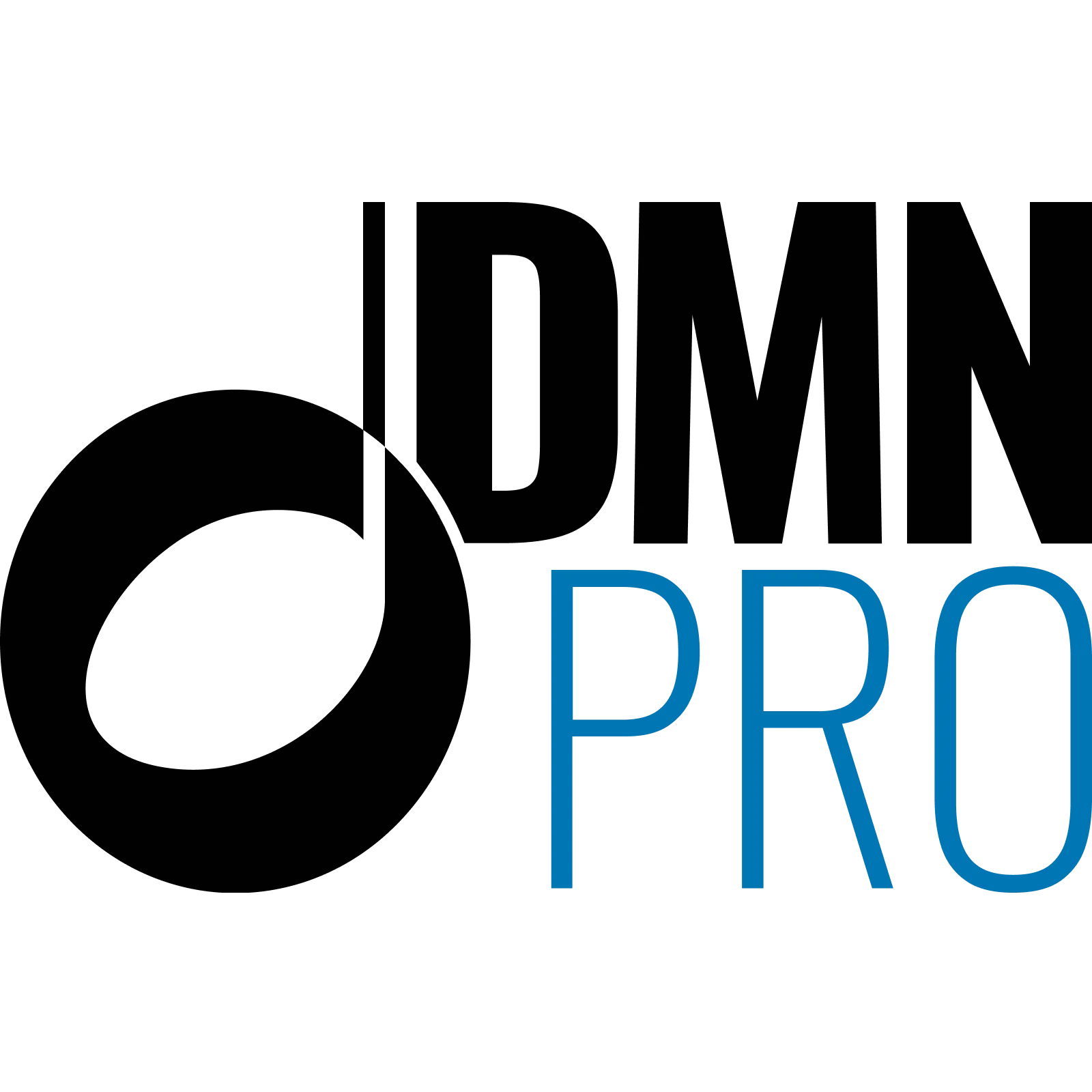
Photo credit: Alexander Grey
Spotify is making a few changes to the way it pays artists, and these changes are expected to take effect in Q1 2024. But the one change we’re going to talk about is its new payment threshold.
What Spotify Is Changing With Its Payment Threshold
Spotify just confirmed that a song must generate at least 1,000 streams per year or they will not pay you for it. If your song gets 999 streams in a year, Spotify will not pay you for that song.
To clarify, songwriters and publishers are still getting paid for those streams under the threshold, which is why you should register all of your songs with a Performance Rights Organization. The only thing that’s not getting paid is the master usage, AKA the streaming royalty that gets paid via your digital distributor.
What Type of Artists This Will Help
Because Spotify is not paying out songs with fewer than 1,000 streams a year, they estimate that will move $40 million back into the royalty pool. What’s a royalty pool and how does it work?
Put simply, all of the money generated from streams in a month goes into a pool. That pool is then divided up by percentage. So if your song earned 1% of the streams, you would get 1% of the money.
So this means songs that surpass the threshold will get a higher per-stream rate. We don’t really know how significant this bump in pay will be, but every little bit helps when you’re an indie artist.
There’s a good chance artists garnering over 1,000 streams in a year rely on their streaming income to some extent. So the new payment threshold is good news for them.
We’ll call these artists middle-class musicians.
What Type of Artists This Will Hurt
Now let’s talk about indie artists below the “middle-class musician” title. These are artists just starting out or those who don’t rely on streaming to get by.
The first misconception is that these artists are not working musicians. I know of so many musicians who make a living playing shows but probably don’t get enough streams to pass this new 1,000-stream threshold. For these musicians, they will be losing money that could help them in the long run.
Another argument in favor of the new threshold is that these artists wouldn’t be getting paid anyway because distributors have a payout threshold. But a payment threshold and a payout threshold are two different things. A payout threshold is simply a delayed payment until your songs collectively (across all streaming platforms) meet the threshold, while a payment threshold means you don’t get paid for your songs at all.
Because here’s the thing, streams add up. If I have 20 songs that each get 900 streams in a year, that’s 18,000 total streams. Which, with the current average per-song rate of $0.003, that’s $54. Yes, that’s not a lot of money in a year. But for artists just starting out who don’t have a lot of expendable income, that $50 could go toward promo, guitar strings, or a new plugin.
And to be clear, low stream count does not mean “bad” music. I know a bunch of indie artists with less than 1,000 monthly listeners on Spotify that make really good music. The problem for many of these musicians is marketing. Usually, they don’t put enough effort into marketing.
But all of this aside, the biggest thing that bothers me with this new payment threshold is that if someone streams my song, I should get paid for it. Period. And this is coming from an artist who will probably benefit from the slight bump in the per-steam rate for songs above 1,000 streams a year.

